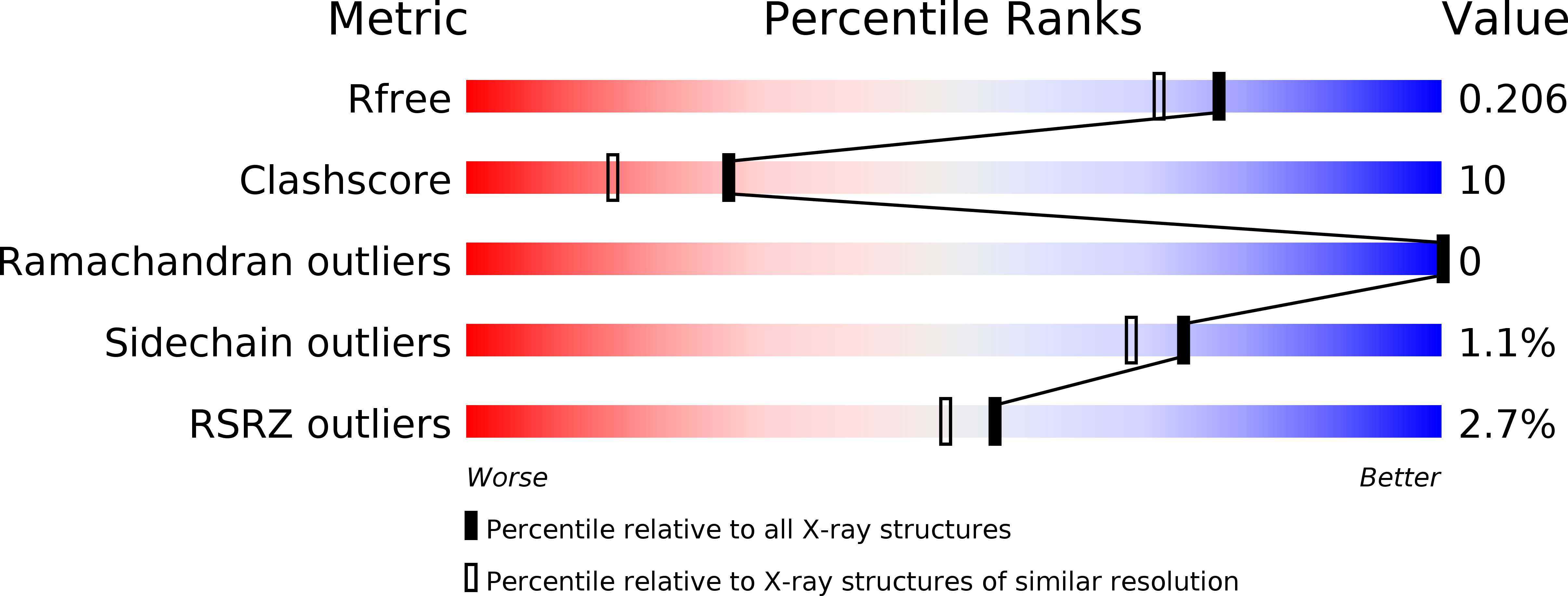
Deposition Date
2009-08-10
Release Date
2010-01-26
Last Version Date
2023-11-01
Method Details:
Experimental Method:
Resolution:
1.80 Å
R-Value Free:
0.20
R-Value Work:
0.18
R-Value Observed:
0.18
Space Group:
P 1 21 1


